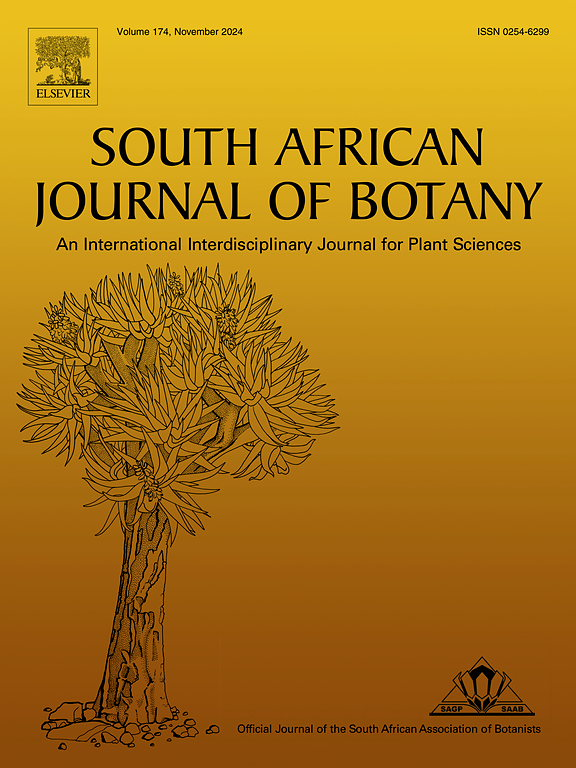Trends and prospect of propagation, cultivation, and ethnopharmacological activities of black ginger (Kaempferia parviflora Wall. ex Baker)
IF 2.7
3区 生物学
Q2 PLANT SCIENCES
引用次数: 0
Abstract
Black ginger (Kaempferia parviflora Wall. ex Baker) is a medicinal herb from the Zingiberaceae family that has gained increasing popularity in treating an array of everyday ailments. Traditionally, the crop is used by the indigenous Thai community to boost stamina for strenuous mountain trekking and to enhance the response to sexual erotic stimuli. This review aims to provide comprehensive information on the description, distribution, propagation, cultivation, and ethnopharmacology of black ginger. Based on the published literature, a collection of information regarding black ginger from the aspects of its botany, origin and distribution, propagation and cultivation, phytochemistry, and ethnopharmacological benefits were carried out by retrieving the research outputs from online search engines, including Google Scholar, PubMed, ScienceDirect, SciFinder, Scopus, etc. Scientifically, this was further supplemented by a number of studies reported throughout the years on its pharmacological activities, mainly attributed to the key phytochemical, i.e., methoxyflavones, present only in K. parviflora. Despite its manifold utilities, information on the propagation and cultivation of this plant is scarce. A collection of studies from the past 20 years has shown that the research activities have been mostly focused on anti-allergic, anti-microbial, anti-cancerous, anti-inflammatory, anti-obesity, physical or muscle enhancement, skin health, and general health promoting activities of black ginger. In this review, the salient botanical features, geographical distribution, propagation methods, cultivation practices, and ethnopharmacological activities, including the mechanisms that drive those bioactivities, have been discussed in order to pave the way forward for the advancements of its utilization, propagation, and genetic improvement. This review not only highlighted the pharmacological usage of black ginger, but included the current status of crop cultivation practices and biosynthesis of specific flavonoids (methoxyflavones) compared to the other existing reviews on black ginger.

求助全文
约1分钟内获得全文
求助全文
来源期刊

South African Journal of Botany
生物-植物科学
CiteScore
5.20
自引率
9.70%
发文量
709
审稿时长
61 days
期刊介绍:
The South African Journal of Botany publishes original papers that deal with the classification, biodiversity, morphology, physiology, molecular biology, ecology, biotechnology, ethnobotany and other botanically related aspects of species that are of importance to southern Africa. Manuscripts dealing with significant new findings on other species of the world and general botanical principles will also be considered and are encouraged.
 求助内容:
求助内容: 应助结果提醒方式:
应助结果提醒方式:


